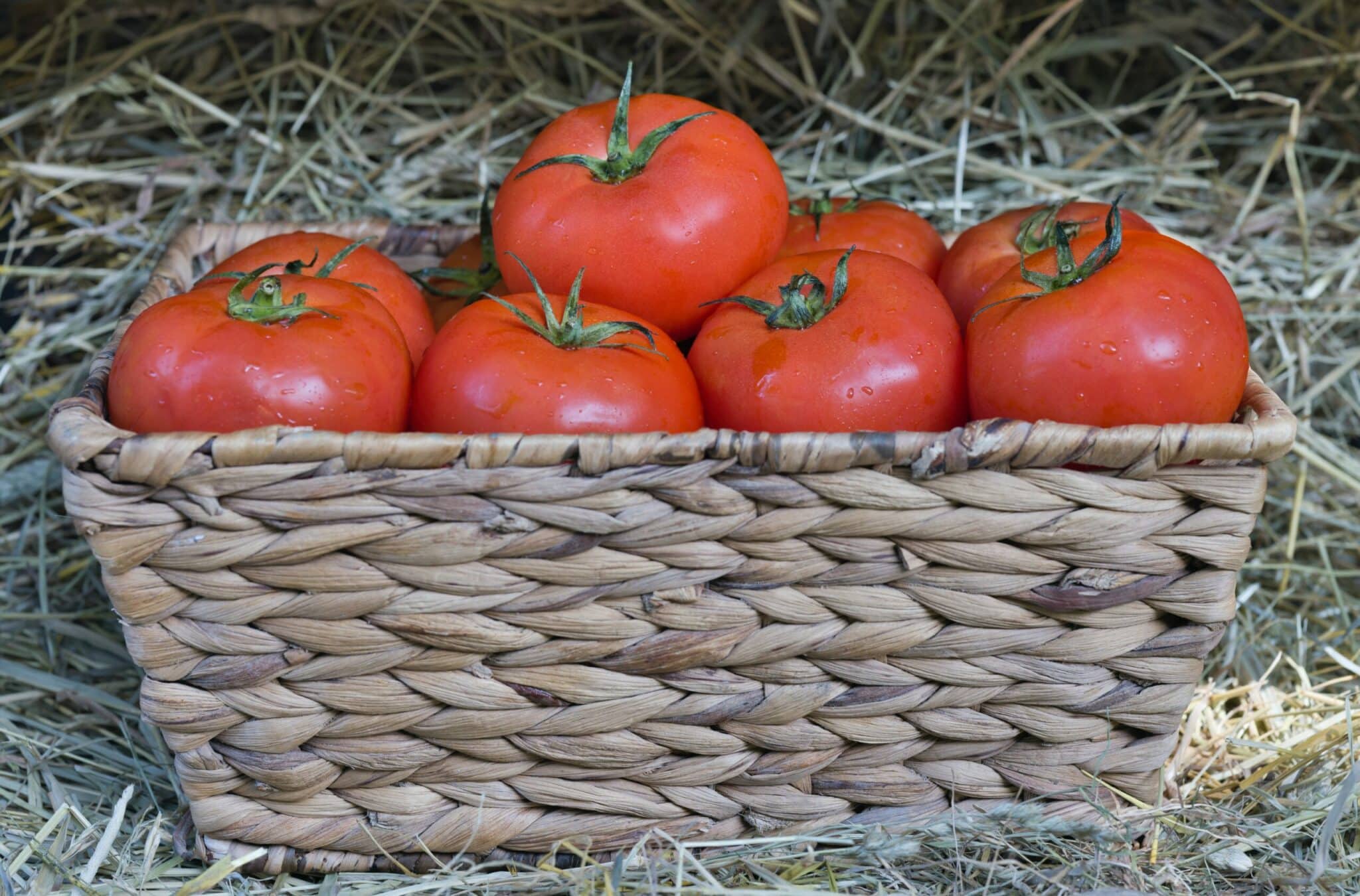Sometimes, certain ingredients that seem irreplaceable run out in your kitchen. Stewed tomatoes are one of these. Because of their unique combination of ingredients, it may feel like finding a substitute for them is an impossible task. But the reverse is the case, especially with these handy substitutes you’ll be finding out about. But first, what exactly are stewed tomatoes, and what are they mostly used for?
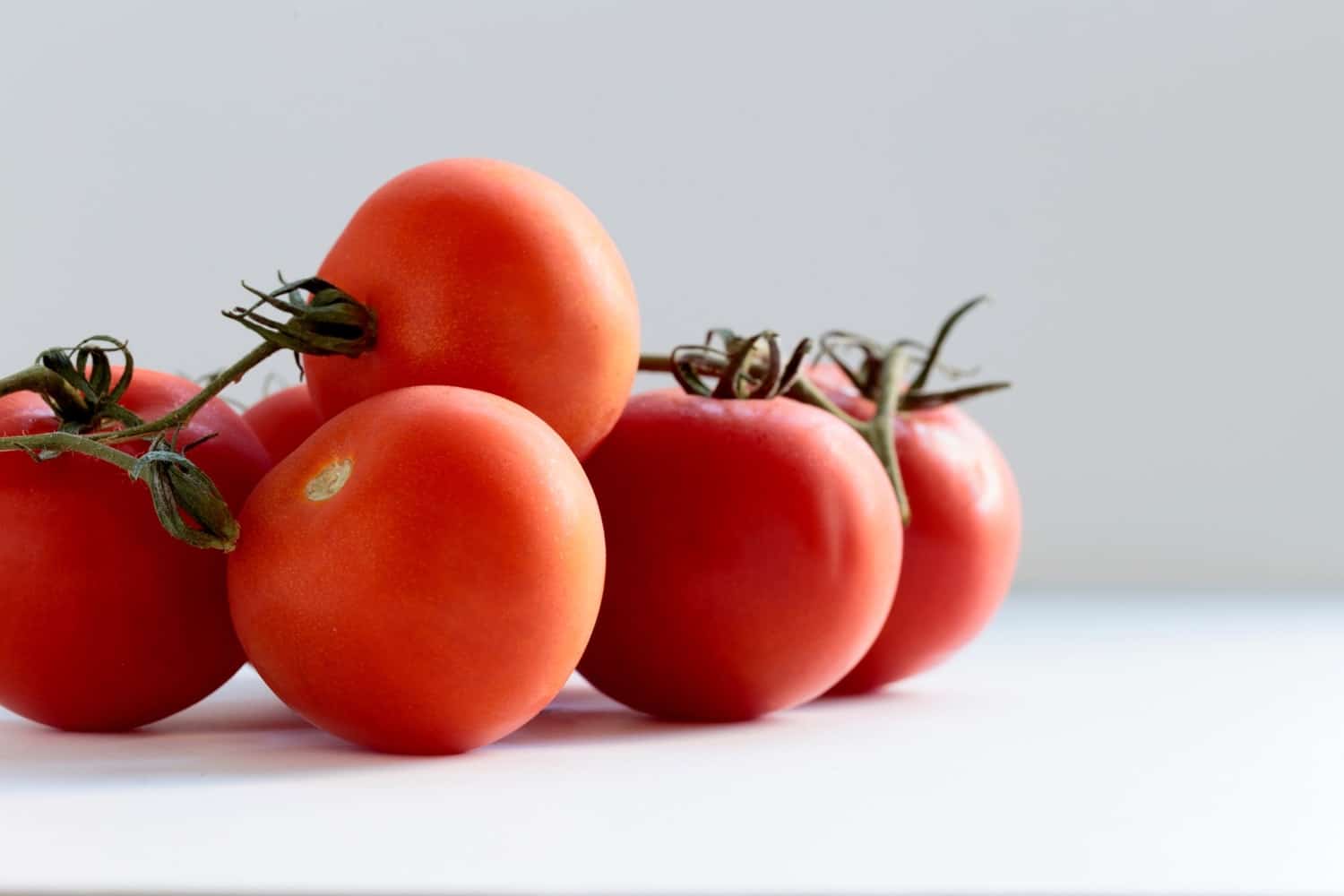
Stewed tomatoes- what is it?
Stewed tomatoes are simply tomatoes that have been cooked with certain seasonings and spices, and sealed in a can or jar. General recipes for stewed tomatoes include, but aren’t limited to spices like onions, celery, bell peppers, and garlic. Others may also include certain herbs, but all varieties are properly seasoned, and many brands contain extra additives like citric acid, calcium chloride, salt, and sugar. And because its base content is tomatoes, you get a combination of sweet, sour, and umami flavor profiles in one can!
Tomatoes Nutrition Facts
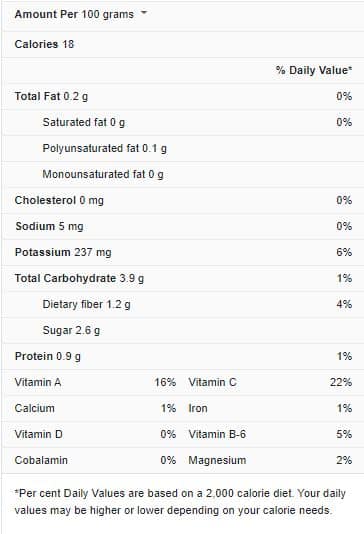
Stewed tomatoes in recipes
Stewed tomatoes are very flexible to use. First, they’re perfect for tomato-based dishes and are widely applicable to different cuisines. Stewed tomatoes are regular in both Italian and French recipes. They’re also widely used in Asian dishes that heavily call for the highly nutritious berry. And in America, they’re a widely sought-after addition to many courses and have spurred up different unique ways of cooking with it.
Because of its blend of spices and herbs, stewed tomatoes also work in exotic recipes as well. They’re also great as toppings, and also work great for vegan diets. And they’re not only great for main courses but also work well in side dishes. Plus, the high tomato content makes stewed tomato a healthy addition to many dishes, as the blend is rich in sodium, lycopene, and many other essential vitamins and minerals.
Stewed tomatoes are used in different recipes all around the world and among the list of these include;
- Stews
- Veggie dishes
- Fish recipes
- Pizzas
- Pasta dishes
- Meat recipes
- Side dishes
- Salsas
- Seafood dishes
- Bruschetta
- Soups
- Casseroles
- Sauces
- Stews
- Salads
Stewed tomatoes substitutes
The high tomato content in its list of ingredients makes stewed tomato easy to substitute. So, if you find yourself short of a can and your recipe calls for it, simply go for any of these easy and very close substitutes. With a little adjustment in quantity and the addition of seasonings and spices, you can still achieve the same great taste you seek in stewed tomatoes. And while these substitutes are almost as flexible as the original thing, some still perform best in certain recipes.
Diced tomatoes
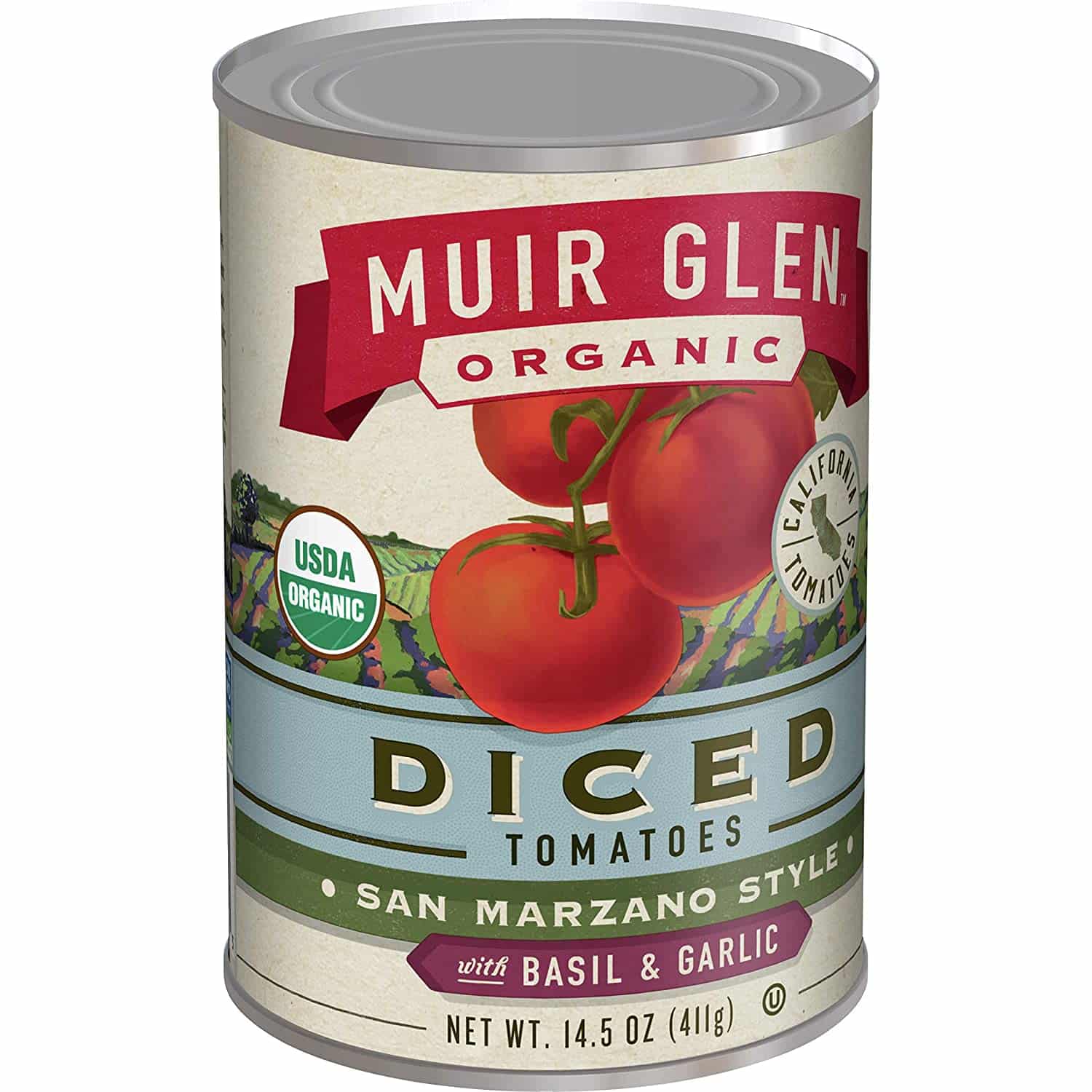
If you have a can of diced tomatoes sitting in your pantry, you can pick it up and substitute it for stewed tomatoes. While the latter contain larger chunks of tomatoes seasoned and spiced, the former comprises smaller pieces canned in tomato juice. And though some brands come plain, others may be slightly seasoned and salted. And in some brands, the tomatoes are first roasted before canned, so you’ll get a hint of smokiness in those types.
Diced tomatoes can be equally substituted for stewed tomatoes in most recipes that call for it, but you’ll have to let it cook for longer. This is because, unlike stewed tomatoes, diced tomatoes aren’t simmered before canning, but are slightly boiled, making their pieces firmer. Or you could just cook them the same if you’ll prefer firmer chunks in your dish.
Crushed tomatoes
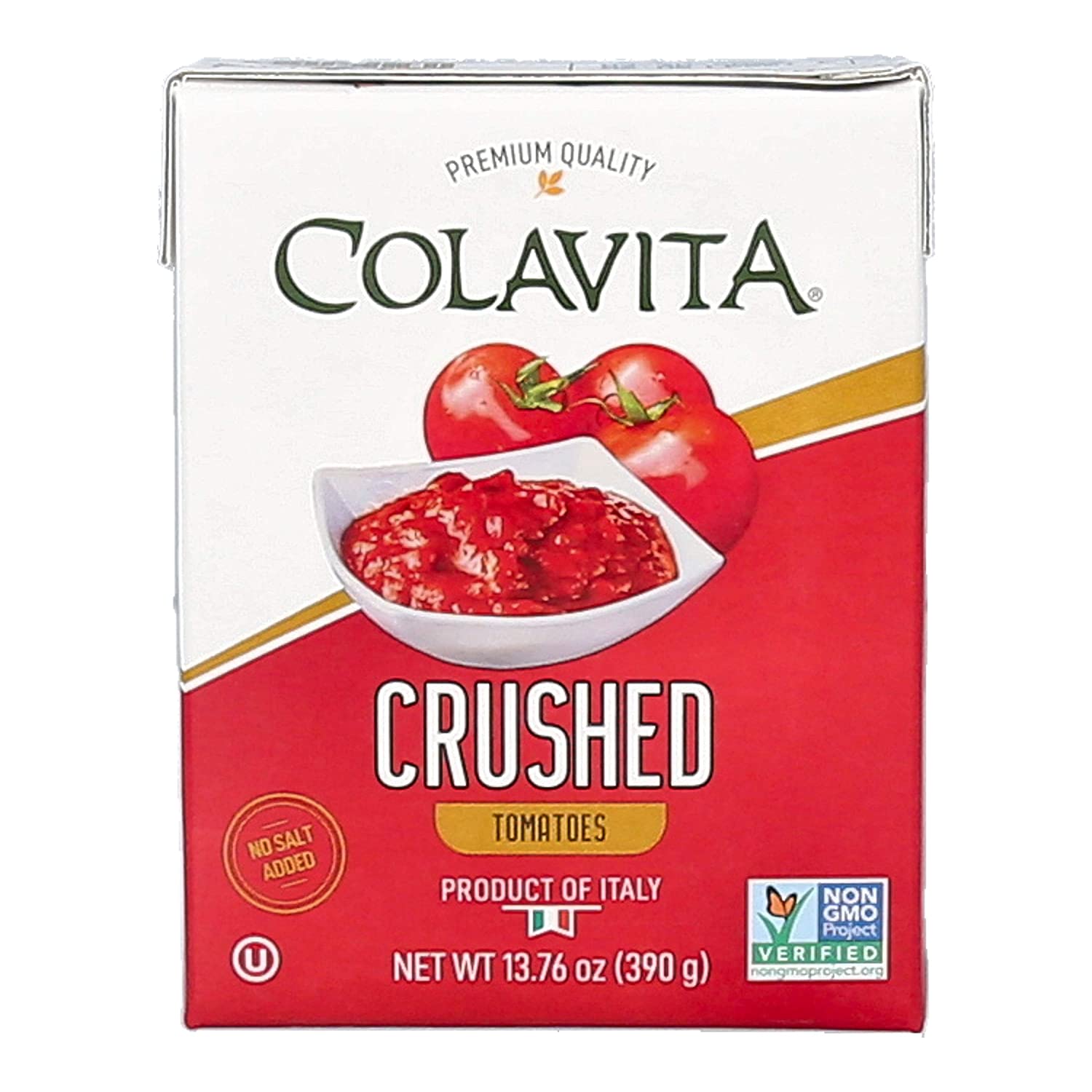
Though the name may make it seem like an unlikely option, crushed tomatoes are another great substitute for stewed tomatoes. These are typically fresh tomatoes mashed to a smooth texture and canned with a mixture of purée. Depending on the brand you buy, you may get little chunks of tomato in the mix, so if this is a must, lookout for it.
Overall, they’re pourable, come with a bright and rich flavor and contribute a slight change in the consistency of the recipe that’s still forgivable. Crushed tomatoes are perfect if you’re making a sauce or creamy stew or soup. And because the texture mixes well in these types of recipes, you can season the mix to your taste before use, or wait until it’s added and then season as preferred.
Canned whole tomatoes
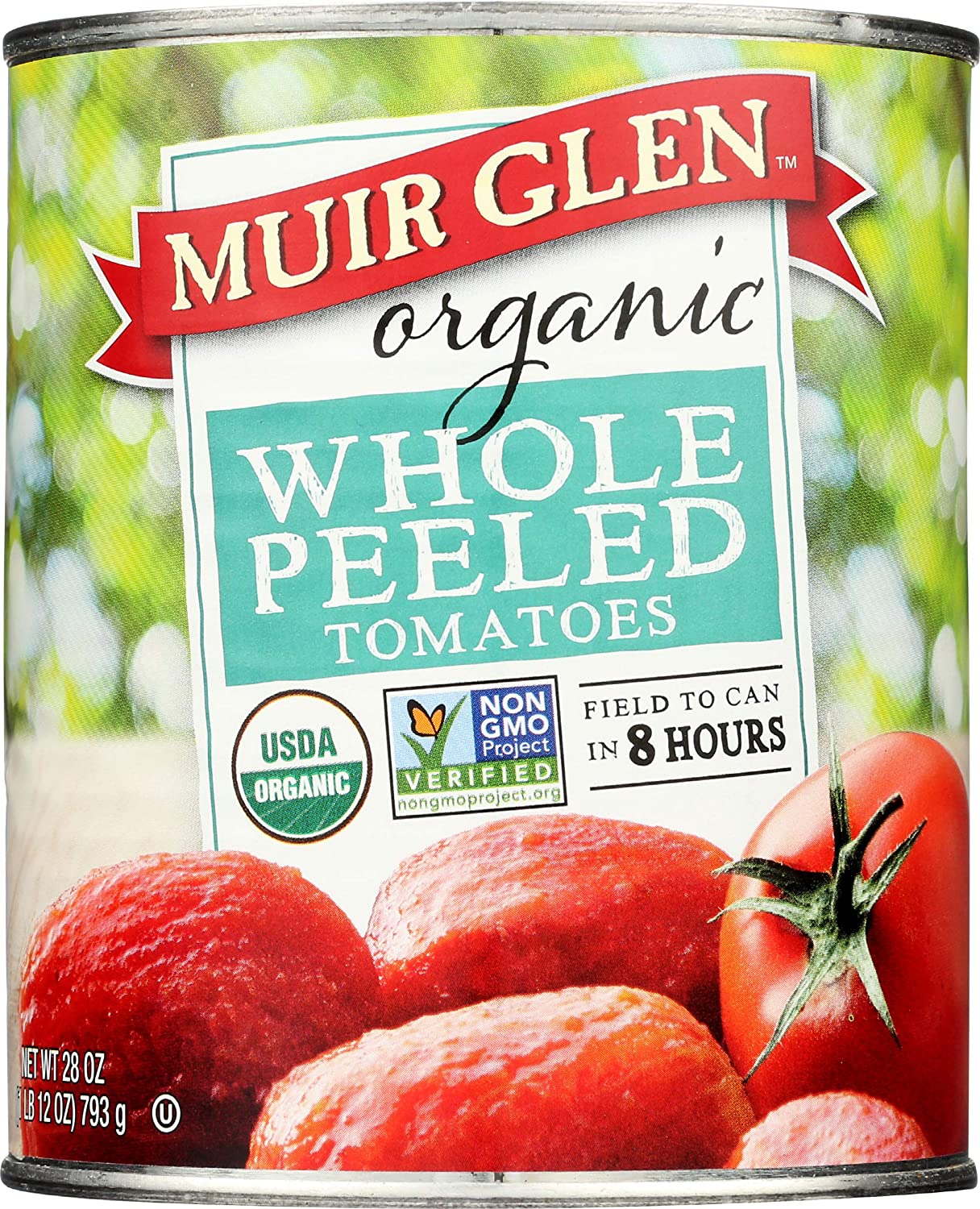
Another flexible option that offers you the chance to attain the stewed tomato effect is canned whole tomatoes. As the name implies, these are peeled whole tomatoes sealed in a juice-filled can. Plum tomatoes are the most commonly used varieties for these because they’re harder and retain form longer in the can. What makes whole tomatoes a great substitute is it works in virtually everything from soups and sauces to pizzas and casseroles.
And it comes with numerous methods to use it. You can crush it to your preferred texture before adding it to your recipe, dice it and even add the juice for more volume. And because it doesn’t come seasoned, you get to do it in your way and end up with an even fresher, fuller flavor. For best results, season the whole tomatoes first in stewed tomato style before use. This may add a few extra minutes to cooling time, but the result is worth the effort.
Tomato paste
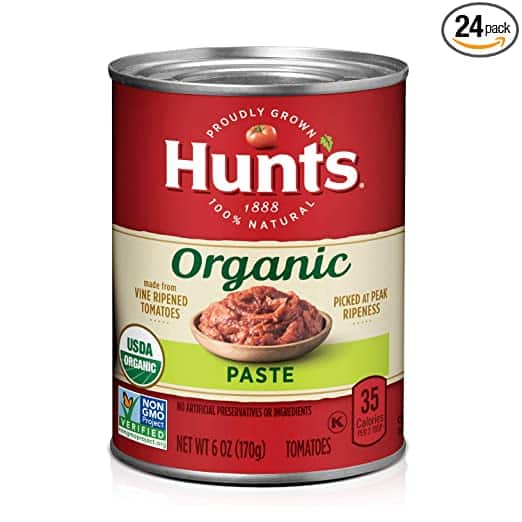
Regular tomato paste can serve as a quick-fix substitute for stewed tomatoes in many meat dishes, soups, and sauces. Because it lacks chunks of tomatoes, you may feel like it’s not a good alternative but it is. Tomato paste doesn’t just add thickness to the recipe but also brightens the flavor and color, as well as improves consistency.
But use only a bit of it- about 1/3 cup for every 1 cup of stewed tomato called for in the recipe. For best results, use tomato paste brands that contain as few artificial ingredients as possible. And add extra chunks of bell pepper, celery, and onions to achieve the same flavor profile as stewed tomatoes.
Tomato sauce
When you boil, peel, seed, and purée fresh tomatoes, you get tomato sauce. It’s almost like tomato paste, only thicker with some brands containing additional ingredients like Parmesan cheese, basil, or even sugar. And like tomato paste, you’ll miss out on the chunks, so it works best in stews, sauces, and pizza toppings.
And it’s thickness heavily affects the consistency and texture of recipes, so about ¾ cup of tomato sauce is enough to substitute for 1 cup of stewed tomatoes. Tomato paste adds brightness and an explosion of flavor to the recipe. Also, it’s best to use the unseasoned brand, as you can adjust the flavor by adding the seasonings and spices to your preference.
Frequently asked questions (FAQs)
How do you make stewed tomatoes from scratch?
Drop fresh tomatoes in boiled water for 30 seconds, and then cool in an ice bath. Next, peel the skin and dice into preferred sizes, and pour in a pot. Chop up bell peppers, celery, onions, and any other herbs you’d like and add to the tomatoes. Season to taste and simmer the mixture for 30 minutes. You can serve them fresh or freeze them for future use.
How do you thicken stewed tomatoes?
Common ways to thicken stewed tomatoes include adding a bit of cubed bread, cornstarch or bread crumbs. A tablespoon of butter or margarine can also do the trick. Or you can add a bit of finely mashed potatoes. It’s a vast aspect, and you can experiment with your favorite thickening ingredients to discover new experiences.
Can diabetics eat stewed tomatoes?
Yes, they can. Tomatoes have a low ranking of food carbohydrate, or glycemic index (GI), and don’t contain starch. There’s only less than 15 GI in about 140 grams of tomato, making it a perfect diet option for diabetics.
Conclusion
With any of these handy substitutes, you’ll never have to worry about not meeting your recipe’s demand for stewed tomatoes. It’s luckily one of the easiest ingredients to replace due to the flexible flavor profile of its chief ingredient. Plus, with these substitutes, you stand to increase your versatility in handling different recipes.

